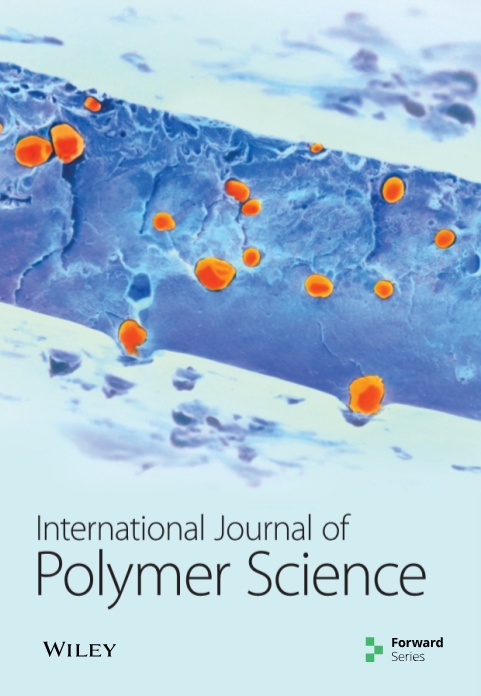Mechanical Properties and Electrical Resistivity of the Friction Stir Spot-Welded Dissimilar Al–Cu Joints
IF 4.4
4区 化学
Q2 POLYMER SCIENCE
引用次数: 6
Abstract
Alternative methods for dissimilar metal joining particularly aluminium and copper have gain interest in manufacturing sectors. Friction stir spot welding was carried out on the AA6061 and C11000 wires of 2 mm diameter. This research paper reported the results on microstructures and mechanical properties of the spot-welded joints, and also special attention is provided for electrical resistivity of the welds. The microstructures reveal the information of grain structure and bonding. The width of diffusion layer significantly reduced with low dwell times. For a plunge depth of 1 mm, the maximum tensile strength (294 MPa) is achieved during the higher rotational speed (1400 rpm). For the same plunge depth, lower tensile strength values are exhibited by the joint produced using the lower rotational speed (800 rpm). Hardness of the weld region recorded 70 HV which is less than Cu (115 HV) and greater than Al (40 HV). FSSW joints (0.30 to 0.34 μΩ) offered higher range of electrical resistivity than that of base metal (0.02 μΩ). The results highlighted in this paper might be helpful for both academic researchers and industrialists.不同铝铜搅拌摩擦点焊接头的力学性能和电阻率
不同金属连接的替代方法,特别是铝和铜,在制造业中引起了人们的兴趣。对2 mm直径。本文报道了点焊接头的组织和力学性能的研究结果,并特别注意了焊缝的电阻率。微观结构揭示了晶粒结构和结合的信息。扩散层的宽度随着停留时间的减少而显著减小。对于1的插入深度 mm,最大抗拉强度(294 MPa)在较高转速(1400 rpm)。对于相同的插入深度,使用较低转速(800 rpm)。记录的焊接区域硬度70 HV小于Cu(115 HV)且大于Al(40 HV)。FSSW接头(0.30至0.34 μΩ)提供了比基底金属(0.02)更高的电阻率范围 μΩ)。本文强调的结果可能对学术研究人员和实业家都有帮助。
本文章由计算机程序翻译,如有差异,请以英文原文为准。
求助全文
约1分钟内获得全文
求助全文
来源期刊

International Journal of Polymer Science
POLYMER SCIENCE-
CiteScore
6.10
自引率
0.00%
发文量
55
审稿时长
>12 weeks
期刊介绍:
The International Journal of Polymer Science is a peer-reviewed, Open Access journal that publishes original research articles as well as review articles on the chemistry and physics of macromolecules.
 求助内容:
求助内容: 应助结果提醒方式:
应助结果提醒方式:


